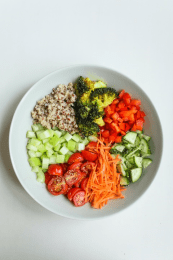Valentine’s Day is known for its roses, big red hearts, and vibrant pink and purple colors. It’s a holiday meant to show someone how much you care for them. February is also known as heart month and what better way to spread love than with a healthy heart?
According to the Centers for Disease Control and Prevention (CDC), heart disease is the leading cause of death in America. Healthy food choices and an active lifestyle are two things you can control and will have a huge impact on your heart’s health. So what are some things you can do keep your heart healthy?
Eat a Variety of Foods. One of the keys to a healthy heart is making smart food choices. Eating a well-balanced diet will include a variety of foods such as whole grains, fruits, vegetables, lean protein, and low-fat or fat-free dairy foods.
Know Your Fats. Be sure to incorporate healthy fats into your diet. This means eating foods low in saturated and trans fats and high in unsaturated fats. Saturated fats are usually solid at room temperature and found in animal proteins and dairy foods. Trans fats are commonly found in vegetable oils that go through an industrial process to make the oils solid in form. Unsaturated fats tend to be liquid at room temperature. You can find unsaturated fat most commonly in fish, avocados, nuts, and vegetable oils.
Get Label Savvy. Learning how to read the food label can help you make heart healthy choices especially when it comes to fats. Remember information on the label is based on 2,000 calories per day. Visit the Food and Drug Administration’s interactive nutrition facts label to learn more.
Physical Activity Matters. Physical activity can play an important role in keeping your heart healthy. Regular, moderate physical activity (30-60 minutes most days of the week) can help control blood pressure, manage weight, manage stress, help you sleep better, and help you feel good by giving you more energy throughout the day. Our Walk Kansas program can help get and keep you motivated in your exercise endeavors.
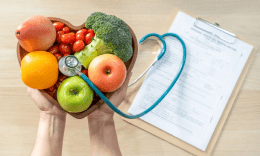
By: Jamie Rathbun
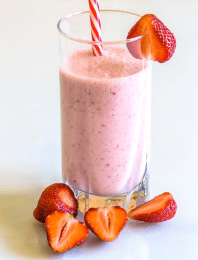 Friendship bracelets
Friendship bracelets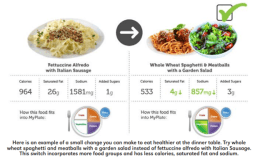
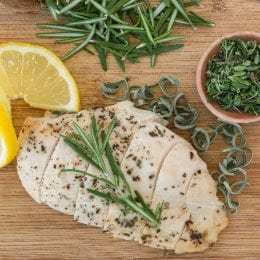
 Despite its delightful taste, sugar has been getting a lot of bad press lately. More and more health experts are warning the public about sugar’s harmful effects. Is sugar harmful because it provides “empty” extra calories and contributes to weight gain? That’s part of the story but medical experts now believe calories from added sugars are more harmful than other extra calories.
Despite its delightful taste, sugar has been getting a lot of bad press lately. More and more health experts are warning the public about sugar’s harmful effects. Is sugar harmful because it provides “empty” extra calories and contributes to weight gain? That’s part of the story but medical experts now believe calories from added sugars are more harmful than other extra calories. Makes 9 servings.
Makes 9 servings.